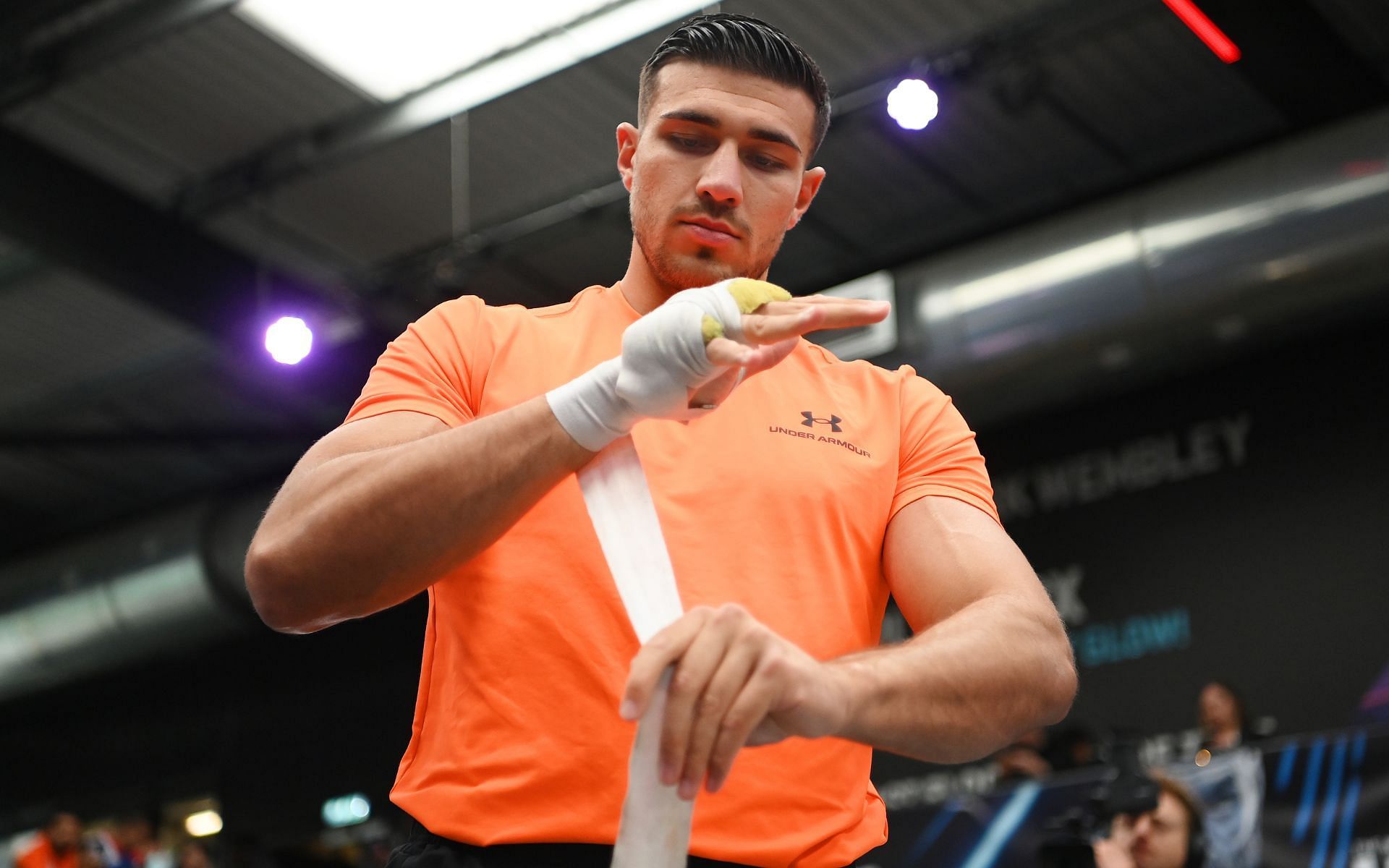
Why wrap hands in boxing? Here's why it's the first thing boxers do before getting in the ring
Boxing is considered to be one of the world's oldest sports. The consensus is that though the Western world refers to the striking-centric sport by that name, it flourished under a wide variety of names in different parts of the world.
Factors such as hand wraps, gloves, etc., have become integral to modern-day boxing. In the world of hand-to-hand combat, the belief is that be it a striking-heavy art like boxing or kickboxing or a grappling-heavy art like Malla-yudha or Sambo, boxing has always existed in some form or the other. Its exact date of origin is unclear.
Why wrap hands in boxing?
It's well known that the ancient Greeks incorporated boxing as an Olympic sport in 688 BCE. It was reintroduced to the modern-day Olympics in 1904 CE. Ancient Greek boxers donned himantes, which were oxhide leather straps softened with oil. The Roman Empire subsequently witnessed the addition of myrmex (known as 'limb piercer'), a three-spiked bronze knuckle weapon attached to the hand wrap.
Furthermore, the Marquess of Queensberry rules, implemented in 1867 CE, made the use of gloves mandatory in the sport. The gloves, alongside wraps (gauze and tape), helped protect fighters' hands as well as reduce the occurrence of fight-ending cuts.
A boxer not wrapping one's hands or having improper wrapping (wrinkled wrapping, loose/tight wrapping, excessive gauze, which makes the wraps heavy, etc.) could lead to short-term hand injury issues and/or long-term career-ending damage.
Perhaps one of the greatest examples of how good hand wrapping can salvage a boxer's career comes with none other than Floyd Mayweather Jr.
Prior to Mayweather's fight against Canelo Alvarez in 2013, an ESPN report underscored the significance of hand wraps and how Mayweather procured the services of Rafael Garcia (who was around 84 years of age at the time). Early in his career, Mayweather went by the 'Pretty Boy' moniker and knocked out many top-tier opponents.
Hand injury issues, given the sport's inevitable wear and tear, have long plagued the combat sports megastar. 'Pretty Boy' eventually went from being an aggressive KO artist with exceptional defense to becoming 'Money', an even greater defensive savant with high-volume striking and a lower knockout rate. This was attributed to Mayweather's hands, which had become extremely injury-prone.
On that note, legendary cutman Rafael Garcia, who famously had a tradition of taking about 30 minutes to wrap his fighter's hands instead of five/ten minutes, served to help him. He'd been getting his hands wrapped by Garcia since 2000, which many fans and experts believe helped Mayweather prolong his career. He was also known to apply a secret Mexican medicine to 'Money's' hands.
Mayweather retired from professional boxing in Aug. 2017. Garcia passed away in Nov. 2017.
What happens if you don't wrap your hands for boxing?
As noted on Gloveworx, one of the most essential purposes of a hand wrap is that it keeps the boxer's hands' joints, bones, tendons, and muscles in place. It helps cushion the impact of a fist hitting the opponent's head/body by dividing the shock over a broader surface area. The small joints and bones in the hand are, thereby, less likely to be fractured in a fight where one's hands are wrapped.
Regardless, one ought to note that the hand-wrapping process must be done by a professional trainer or other personnel with adequate knowledge. An improper hand wrap, especially one with wrinkles that are either too loose or too tight in certain spots, might cause injury to the pugilist's hands.
The wrap is paramount to safeguard one's knuckles and wrist during the striking process. In a nutshell, Gloves prevent cuts on the opponent's face and the puncher's hands. Akin to wraps, gloves also help absorb the impact on the puncher's hands. Moreover, wraps largely serve to protect the puncher's hands rather than the opponent's face.